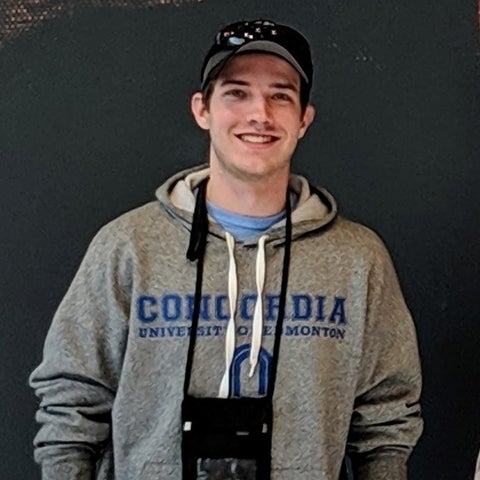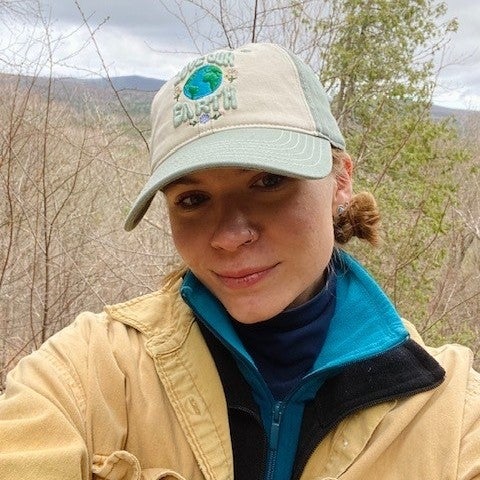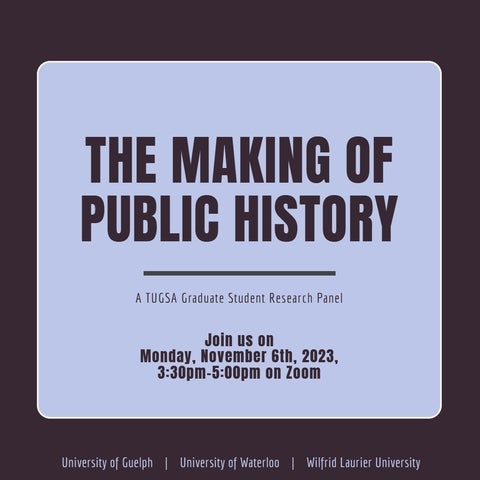Background
On Monday, November 6, TUGSA held it's second graduate student research panel of the 2023-24 academic year. The topic was, "The Making of Public History," and engaged three panelists.
Dr. Ben Bradley, recently appointed assistant professor of History at the University of Guelph chaired the event. Dr. Bradley's research areas include:
- modern Canada public pasts
- commemoration, heritage sites and museums
- tourism, travel, mobilities
- cultural landscapes
- environmental history.
Below the panelists bios and photos, you can learn more about their research topics.
Presentations and researcher bios

Sacajawea at the Fair: Creating Legend at the Lewis & Clark Exposition, 1905
Brianne Casey is an MA student in history at Wilfrid Laurier University under the supervision of Dr. Susan Neylan. Her research focuses on Indigenous histories of resistance, rights, and resilience. In particular, Brianne's MA research examines the activism of Tatanga Mani - a Stoney-Nakoda Chief and elder - and highlights his articulations of Indigenous sovereignty, pan-Indigenous organization, and Indigenous rights throughout the early Red Power era.

Presidency of Chaos: Historical Perceptions of President Bill Clinton's Impeachment
Benji Smith is a first-year PhD student studying under Dr. Andrew Hunt. His research focuses on Presidential Impeachment and how factors like partisan politics, media coverage, and public perception have impacted impeachment’s overall effectiveness. Benji received his MA in History from Waterloo in 2020, where he studied the extent of presidential authority advocated by Dick Cheney from 1972-2008.

"Yours to Discover": The Role of Provincial Parks in Public Environmental History
Nicole Vankooten is an MA student at the University of Waterloo, who is focusing her studies on environmental history under the supervision of Dr. Steven Bednarski. After spending two summers tree planting in Northern Ontario, she plans to bring her passion for forestry to her academic career through a Major Research Paper on Medieval English Forestry. Nicole is particularly interested in using environmental history as a tool for developing sustainable practices and analyzing historical attitudes toward the environment to better understand natural resource management.
